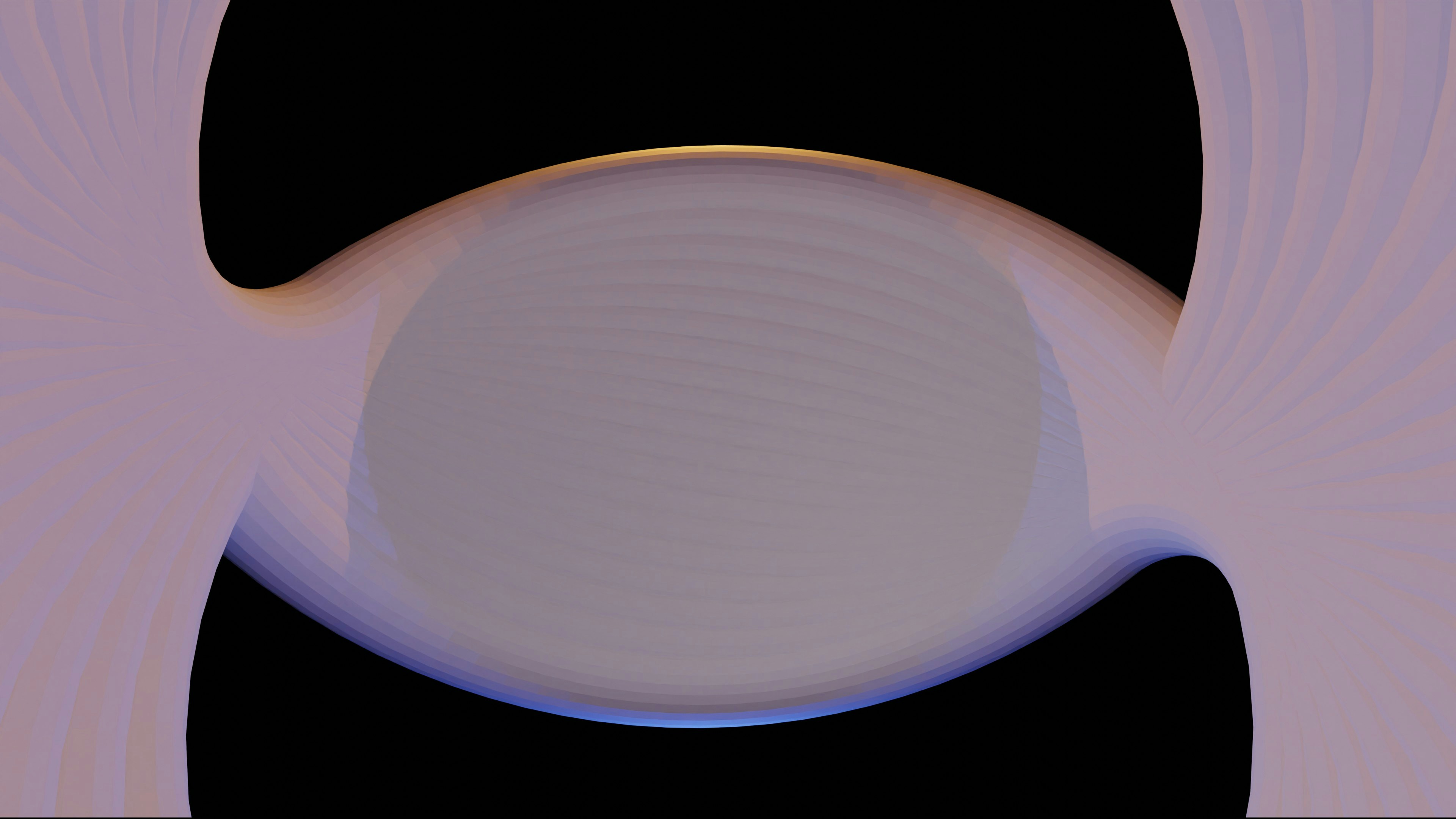Have you ever wondered how dietary choices can influence your nutrient intake? When it comes to health, what fills your plate matters, especially if you’re considering or currently following a low-oxalate diet. This diet is often recommended to reduce the risk of kidney stones and other health issues, but how does it affect the essential nutrients your body needs? Let’s break it down together.
Understanding Oxalates
Before we go deeper, let’s clarify what oxalates are. Oxalates, or oxalic acid, are naturally occurring compounds found in many plant foods. While they can provide some benefits, they often bind with calcium and other minerals, making them less available for absorption in the body. For some people, especially those prone to kidney stones, a low-oxalate diet may be beneficial, but it does come with its consequences.
Why Go Low-Oxalate?
You might ask, “Why should I care about oxalates?” Well, if you’re susceptible to kidney stones, especially calcium oxalate stones, reducing oxalate intake can be a smart move. But it’s not just about cutting out high-oxalate foods; it’s about balancing your diet to ensure you’re still getting all the nutrients your body craves and needs.
High-Oxalate Foods to Avoid
It’s important to know which foods are notoriously high in oxalates, as avoiding them is a key component of this dietary approach. Here’s a handy table to illustrate common high-oxalate foods.
| Food Category | High-Oxalate Foods |
|---|---|
| Vegetables | Spinach, beets, Swiss chard, okra |
| Fruits | Rhubarb, star fruit, kiwi |
| Nuts and Seeds | Almonds, cashews, peanuts |
| Grains | Buckwheat, quinoa, wheat bran |
| Others | Dark chocolate, black tea, soy products |
Knowing these foods can help you make better choices for your body while still focusing on getting your nutrients.
Nutritional Considerations in a Low-Oxalate Diet
Now that you’re aware of which foods to limit, it’s essential to consider how this affects your nutrient intake. A sudden shift in your diet might leave you scratching your head about balanced nutrition. Let’s look into key nutrients that could be impacted.
Calcium
Calcium is often a big concern when adopting a low-oxalate diet because many high-oxalate foods, like spinach, are also excellent sources of this crucial mineral. But fear not! There are low-oxalate alternatives that can still provide the calcium your body needs.
Low-Oxalate Calcium Sources:
| Food | Calcium Content (mg) per serving |
|---|---|
| Dairy Products | |
| Yogurt (1 cup) | 300 |
| Milk (1 cup) | 300 |
| Cheese (1 oz) | 200 |
| Leafy Greens | |
| Kale (1 cup cooked) | 180 |
| Bok Choy (1 cup) | 74 |
| Fish | |
| Canned Salmon (with bones) (3 oz) | 181 |
| Fortified Foods | |
| Almond Milk (1 cup) | 450 (if fortified) |
Vitamin C
Avoiding certain fruits like kiwi and star fruit may cause a decrease in your vitamin C intake. This vitamin plays a crucial role in immunity and overall health. Thankfully, there are still many low-oxalate fruits and veggies that can help you cover your vitamin C needs.
Low-Oxalate Vitamin C Sources:
| Food | Vitamin C Content (mg) per serving |
|---|---|
| Bell Peppers (1 cup, raw) | 190 |
| Broccoli (1 cup, cooked) | 102 |
| Cauliflower (1 cup, raw) | 52 |
| Cabbage (1 cup, raw) | 51 |
| Strawberries (1 cup, sliced) | 98 |
Iron
You may also worry about your iron intake since many legumes and high-oxalate vegetables are rich sources. Keep in mind that iron from plant sources (non-heme iron) is less readily absorbed than iron from animal products (heme iron).
Low-Oxalate Iron Sources:
| Food | Iron Content (mg) per serving |
|---|---|
| Beef (3 oz) | 2.1 to 3.0 |
| Chicken (3 oz) | 0.9 |
| Eggs (1 large) | 0.9 |
| Tofu (½ cup) | 3.4 |
| Fortified Cereals | Varies |
Fiber
Fiber is essential for digestive health, and many high-oxalate foods, like beans and certain nuts, are excellent sources. Transitioning to a low-oxalate diet can potentially lower your fiber intake, so it’s vital to include alternative sources.
Low-Oxalate Fiber Sources:
| Food | Fiber Content (g) per serving |
|---|---|
| Oats (1 cup cooked) | 4.0 |
| Apples (1 medium) | 4.4 |
| Carrots (1 medium) | 1.7 |
| Brown Rice (1 cup cooked) | 3.5 |
| Chia Seeds (2 tbsp) | 10.6 |
It’s easy to feel overwhelmed when you look at all these changes, but focusing on balance is key.
Planning Your Low-Oxalate Diet
Feeling lost about how to build a meal plan? Let’s look at how you can construct balanced meals while ensuring you’re sticking to low-oxalate guidelines.
Breakfast Choices
Starting your day right means you should consider your favorite breakfast options that are low in oxalates. Here are some ideas:
- Scrambled eggs with bell peppers and onions.
- Oatmeal topped with blueberries and a dollop of yogurt.
- Smoothies made with kale and a banana.
Lunch Ideas
For lunch, keep it colorful and nutritious while avoiding those high-oxalate traps.
- Grilled chicken salad with mixed greens, cucumbers, and a lemon vinaigrette.
- Quinoa bowl topped with roasted peppers and cabbage.
- Vegetable stir-fry (using low-oxalate veggies) served over brown rice.
Dinner Variations
When it comes to dinner, you can still enjoy hearty meals minus the oxalates.
- Baked fish with steamed broccoli and baked potatoes.
- Stuffed bell peppers with ground turkey and rice.
- Stir-fried beef with assorted low-oxalate vegetables.
Snacks and Desserts
Snacking can be tricky, but there are plenty of options that keep your taste buds satisfied without oxalate overload.
- Hummus with sliced veggies (carrots, cucumbers).
- Greek yogurt topped with strawberries.
- Rice cakes spread with almond butter (if allergic to peanuts).
Supplements: A Balancing Act
Now, if you find yourself struggling to meet certain nutrient requirements, considering supplements might be worthwhile. But always consult with a healthcare professional before going this route. They can guide you based on your specific needs, especially regarding calcium, vitamin D, and any other essential nutrients you may be lacking.
Monitoring and Adjusting
Following a low-oxalate diet is not a one-size-fits-all approach. Pay attention to how your body reacts as you modify your eating habits. Keep a food journal if it helps, noting any changes in your well-being, energy levels, and digestion.
Professional Guidance
Working with a registered dietitian can be invaluable. They can assist you in creating a proper meal plan while ensuring you meet your nutritional needs without the high oxalate food pitfalls. Plus, they can provide ongoing support to help you adapt to this dietary change over time.
Conclusion
Adopting a low-oxalate diet can impact your nutrient intake in various ways. The key to success lies in being informed and creative with your meal planning. While it may feel like you’re navigating a puzzle at times, staying mindful of your choices helps ensure you’re getting all the nutrients your body needs. By understanding which foods to avoid and knowing plenty of alternatives, you can thrive on your low-oxalate journey.
So, are you ready to re-think your plate and embrace your low-oxalate lifestyle? With preparation and awareness, it can be a fulfilling path that nourishes your body while keeping you healthy.




